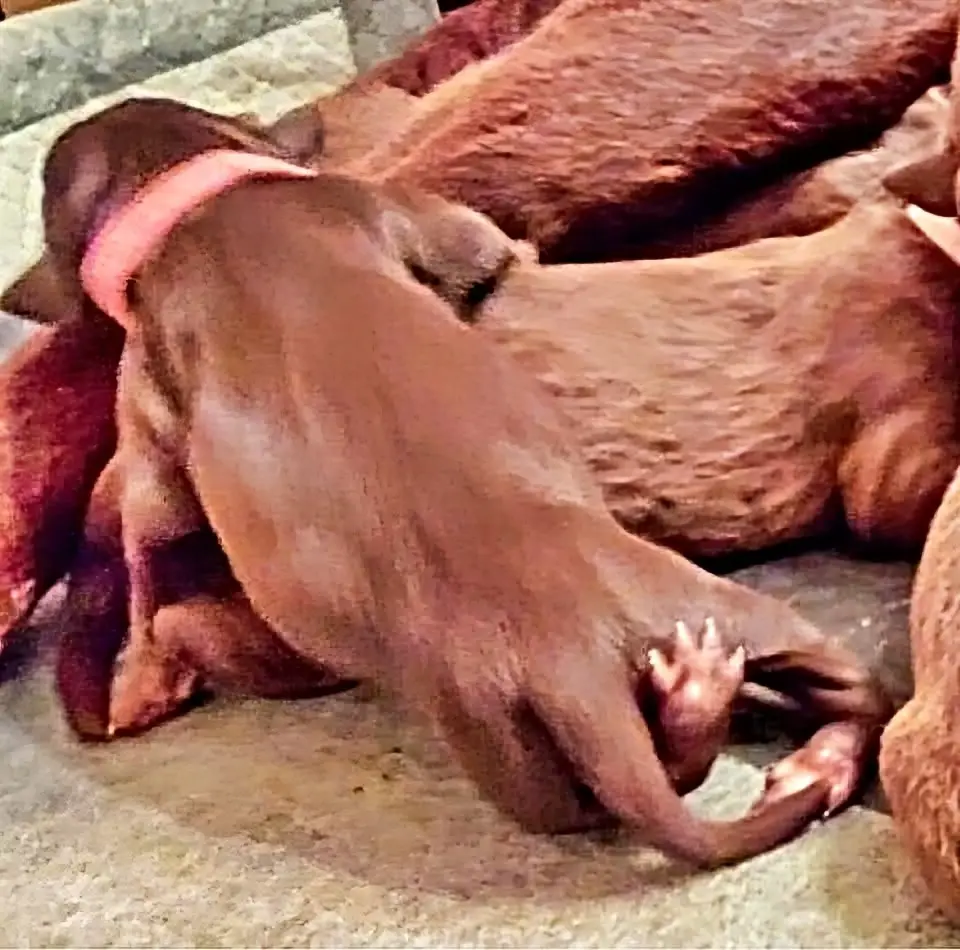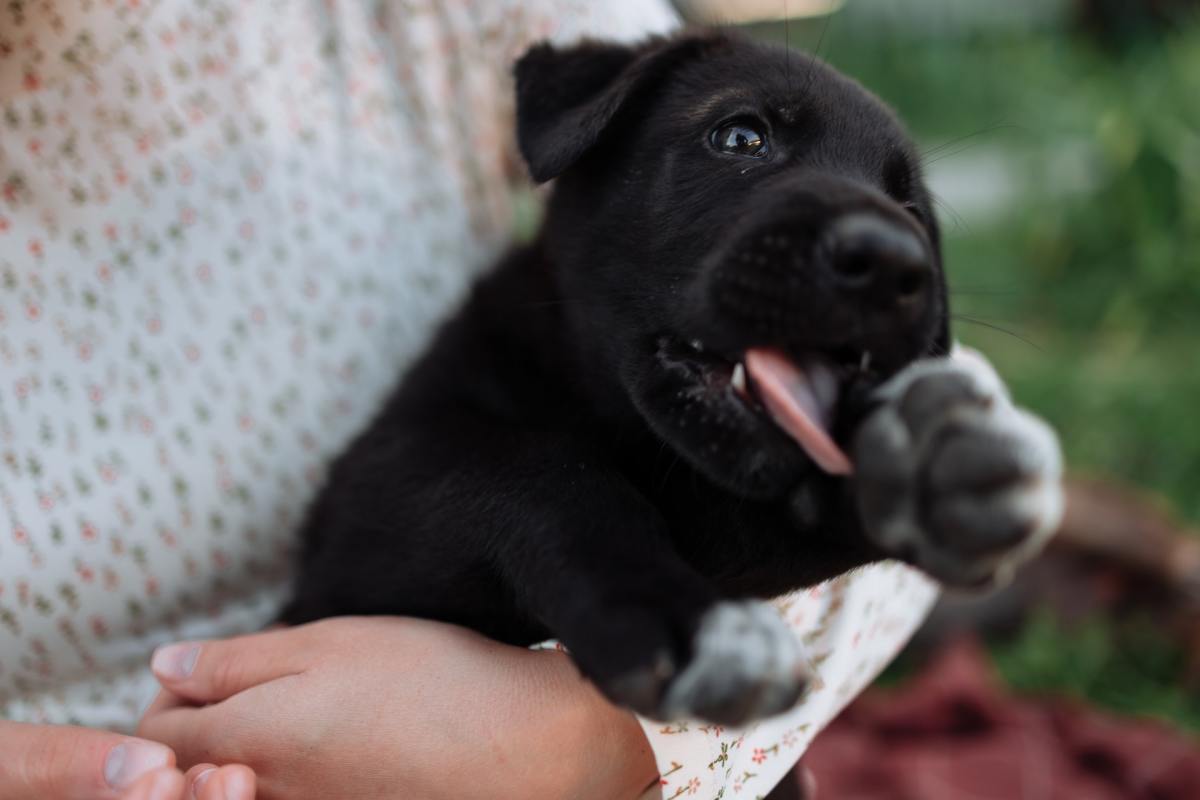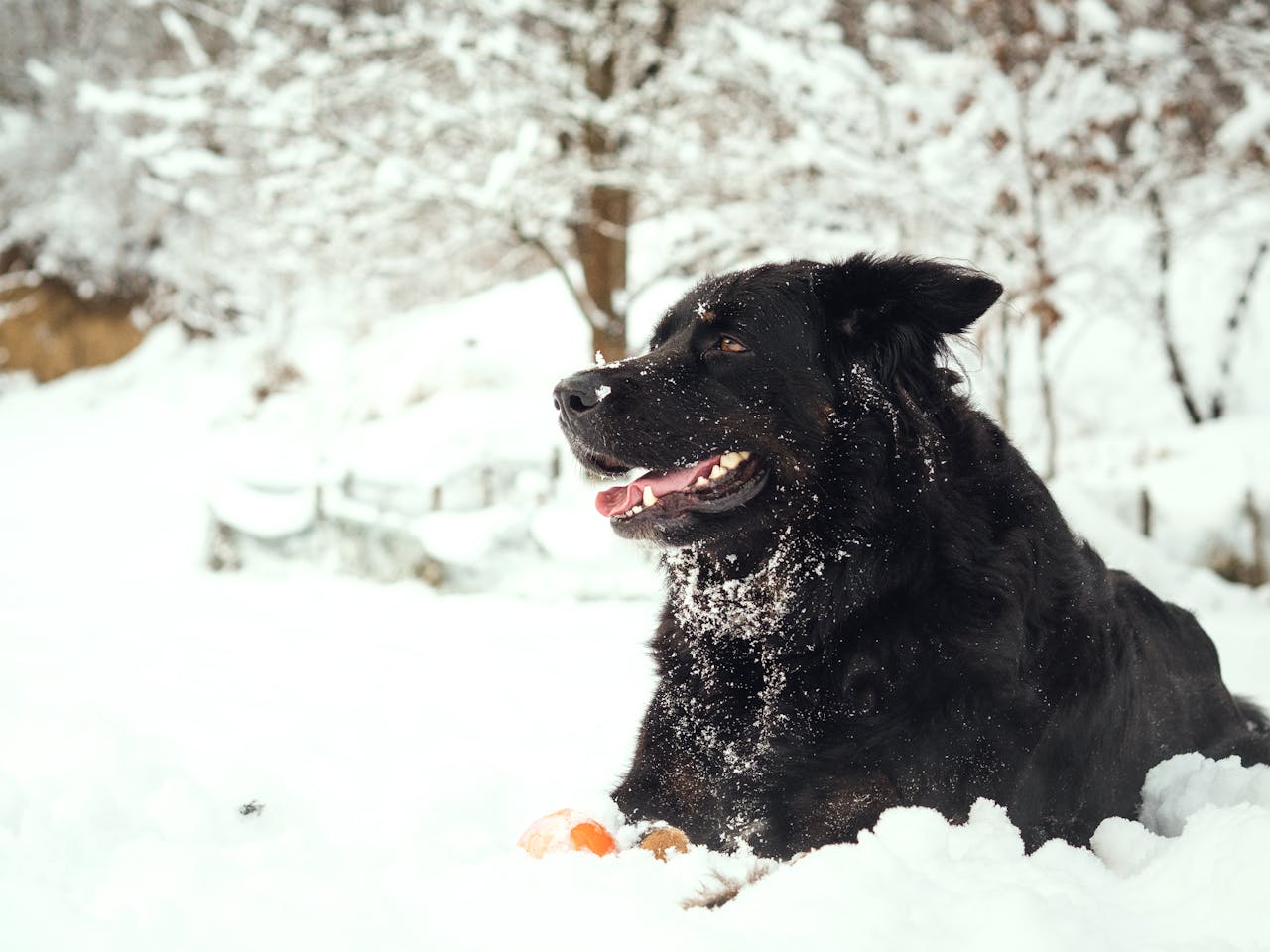Seeing your dog vomit is never pleasant, but when your dog is throwing up yellow bile, it can be especially worrying. The good news is that this symptom is often caused by something mild and temporary. Still, it helps to understand what yellow bile actually is, what might trigger it, how to care for your dog at home, and when to contact your vet. I’ll also share simple ways to clean yellow bile from carpets without leaving stains behind.
What Is Yellow Bile?
Bile is a digestive fluid made in the liver and stored in the gallbladder. It’s naturally green, but it often looks yellow once blended with stomach acid. When a dog vomits bile, it usually means this fluid has backed up into the stomach and irritated the lining.
Common reasons for yellow bile include:
- going too long without food
- eating something that caused stomach upset
- swallowing grass or debris
- underlying issues involving the digestive system, liver, or gallbladder
Conditions such as pancreatitis or inflammatory bowel disease can also be associated with bile vomiting. If this behavior becomes frequent, contacting your veterinarian is always wise.
Managing Yellow Bile Vomiting in Dogs
If your dog throws up yellow bile once but seems otherwise normal, it’s often a short-lived issue. You can still support their recovery and help reduce the chances of it happening again.
1. Offer Smaller, More Frequent Meals
Feeding mini-meals throughout the day can prevent long fasting periods. Many dogs vomit bile early in the morning because their stomach have been empty overnight. A small bedtime snack can help.
2. Use a Simple, Bland Diet
A gentle diet is easier on the stomach. You can temporarily feed:
- boiled chicken and rice
- plain boiled turkey
- a vet-recommended gastrointestinal diet
Avoid rich, spicy, or fatty foods while your dog recovers.

3. Keep Your Dog Hydrated
Vomiting may lead to dehydration, so fresh water should always be available. If your dog is hesitant to drink, try:
- a few ice cubes
- diluted, low-sodium chicken broth
- a pet-safe electrolyte solution (ask your vet first)
4. Watch for Changes in Symptoms
Improvement within 12–24 hours is a good sign. But please be sure to contact your vet if your dog:
- keeps vomiting
- becomes lethargic
- refuses food
- has diarrhea
- shows weakness or collapses
These symptoms can suggest something more serious.
Tips for Avoiding Yellow Bile Vomiting
Preventing every vomiting episode isn’t realistic, but there are a few precautions you can take that can lower the risk.
1. Keep Toxic or Unsafe Items Out of Reach
Common household dangers include:
- trash
- table scraps
- cleaning products
- garden chemicals
- compost
Many of these can irritate the stomach or cause serious illness.
2. Discourage Chewing on Grass, Plants, or Sticks
Swallowing foreign material may trigger vomiting or block the digestive tract. Redirect your dog to a toy or call them away before they chew something unsafe.
3. Store Small Objects Safely
Items like socks, hair ties, coins, rubber bands, small toys, or bones can cause obstructions. Keep them off the floor and out of your dog’s reach.
4. Book Routine Wellness Exams
Regular check-ups help your vet spot issues early, including liver or gastrointestinal concerns that could contribute to bile vomiting.

How to Clean Yellow Bile Out of Carpet
Yellow bile can stain quickly, so fast cleanup is your best defense. These two methods have consistently worked well for me.
Using Dish Soap, Vinegar, and Baking Soda
If you’re able to treat the stain right away:
- Blot (don’t rub) with a cloth or paper towel to absorb moisture.
- Mix one tablespoon of dish soap with two cups of warm water; apply and let sit briefly.
- Blot again until most moisture lifts.
- Apply a mixture of one part white vinegar to two parts water to neutralize odor.
- Blot until the stain fades.
- Rinse with cold water, dry thoroughly, then sprinkle baking soda overnight.
- Vacuum in the morning.
This method is great for fresh vomit and everyday carpet fibers.
Using an Enzymatic Cleaner
An enzymatic product breaks down organic residue more completely. It’s especially helpful if:
- the stain sat for a while
- the odor is strong
- you’re dealing with delicate carpet fibers
I’ve had excellent results with Bulldogology Bio-Enzymatic Stain & Odor Remover because it tackles bile, urine, feces, drool, and other organic messes without harsh chemicals. Please note that if the stain is particularly stubborn or the carpet is high-value, a professional cleaning service may be worth it.

Final Thoughts
It can be unsettling when your dog is throwing up yellow bile, but in many cases, it’s a simple stomach irritation that improves with small diet tweaks and closer observation. Still, trust your instincts. If something feels off or the vomiting continues, call your vet for advice.
I also hope the carpet-cleaning tips make life a little easier. A combination of dish soap, vinegar, baking soda, and a good enzymatic cleaner has saved me more than once.
Frequently Asked Questions
Is yellow bile dangerous?
Occasional yellow bile is common, but repeated episodes should be checked by a vet.
Why does my dog vomit yellow in the morning?
Early-morning bile vomiting often happens after a long stretch with an empty stomach.
Should I feed after vomiting?
A small, bland meal is usually fine unless your vet advises otherwise.
What if the vomiting doesn’t stop?
Persistent vomiting can be a sign of pancreatitis, obstruction, or gastrointestinal disease. Call your vet immediately.
Can dehydration happen quickly?
Yes. Repeated vomiting can lead to dehydration, especially in puppies and older dogs.




